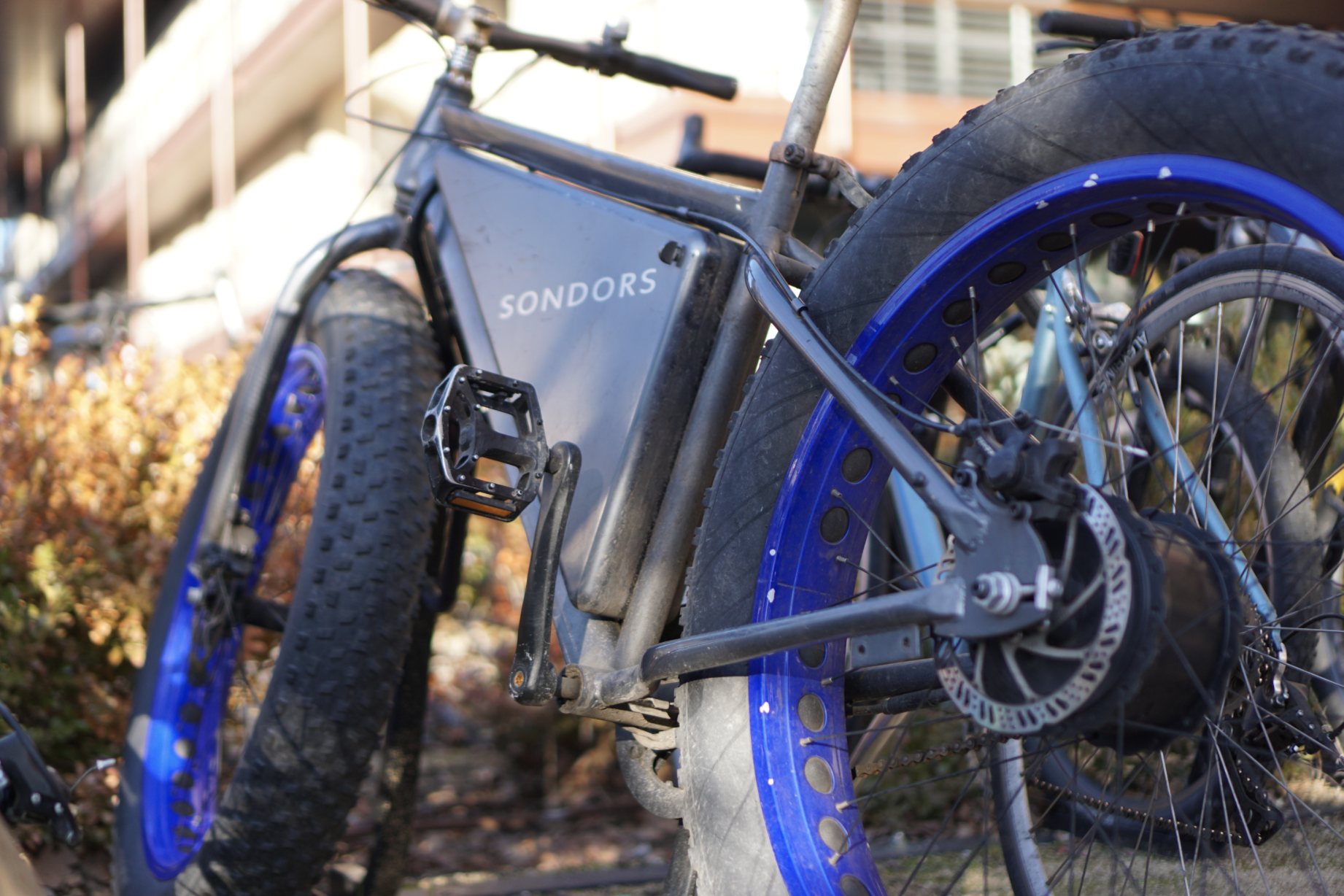In 2017, the Stanford Department of Public Safety (SUDPS) recorded over 300 vehicle burglaries and bicycle thefts. Last year, they recorded more than 400 — a 30-percent increase.
These statistics — provided to The Daily by SUDPS spokesperson Bill Larson — have not been published in the SUDPS’ Safety, Security and Fire Reports since 2012.
The Reports are published annually in compliance with the Jeanne Clery Act, which since 1990 requires all higher education institutions to publish crime statistics and identify resources for crime victims. In 2013, the Clery Act Guidelines reclassified vehicle burglary and bicycle theft, excluding them from the definition of “criminal offense” and no longer requiring that they be recorded in campus statistics.
“Since the annual Report is a compliance document, we are required to adhere to the Clery guidelines or be subject to a possible fine,” Larson wrote in an email to The Daily.
Meanwhile, the number of bike thefts and vehicle burglaries spiked in 2018, according to the data provided by Larson. Crimes with upward trends include hate crimes, forcible sexual offenses, stalking and theft of motor vehicles and golf carts. Aggravated assault and burglaries in structures have consistently decreased in recent years.
According to the reports, bicycle thefts have been the most common crime on campus for nearly a decade, with a consistent 200 to 400 reported thefts or attempted thefts per year.
SUDPS has been tackling the problem with bicycle safety education initiatives since 2008, when the Department formed the Bicycle Diversion Program in partnership with Parking and Transportation Services (P&TS). Yet, as Larson told The Daily in 2011, the number of thefts continues to fluctuate.
In 2012, bike thefts reached a high of 397 incidents, motivating SUDPS to take action. Larson told The Daily at the beginning of the following year that the Department would form a focus group of officers to “fight bike crimes.” The group was never formed.
When The Daily reached out to Larson this year, he said that SUDPS decided instead that “it would be more effective to partner with other campus stakeholders such as the Bicycle [Safety] Program under P&TS to educate the community on how to prevent bicycle theft and to promote bicycle safety.”
Larson said the partnership was formed around January 2013. When asked to explain how the 2013 Bicycle Safety Program partnership differed from the 2008 Bicycle Diversion Program, Larson forwarded all questions to P&TS.
According to the 2015 report, the programs are equivalent curricula — the Bicycle Safety Program is “[a]lso referred to as the Bicycle Diversion Program.”
P&TS clarified the purposes of the two programs. According to P&TS spokesperson Olivia Staciwa, the Bicycle Diversion Program was launched in 2008 in partnership with SUDPS, intended specifically for students who have received citations for violating state bicycle laws.
“[SUDPS has] taken the lead on hosting the class,” Staciwa wrote in an email to The Daily.
Separately, P&TS manages the Bicycle Safety Program, which was launched in the 1990s and is intended for the general education for all students, not just those cited. The program focuses on “promoting and facilitating bicycle safety for the entire Stanford community through education, engineering (infrastructure), and evaluation,” wrote Staciwa.
P&TS collaborates with SUDPS to host educational outreaches through the The Bicycle Safety Program, such as New Student Orientation events and White Plaze Bike Safety stations.
The number of bike theft reports dropped between 2013 and 2017 by 40 percent, reaching a low of 198. However, in 2018 they rose once again to 271.
Vehicle burglaries have also shown an upwards trend. The number of reported incidents ranged between 20 and 55 until 2017, when it soared to 116. Statistics provided by Larson for 2018 revealed a further increase to 134 reported incidents.
According to Larson, SUDPS personnel have been observing parking areas during day and night patrols, posting warning signs and encouraging the community to report suspicious activity.
Larson wrote that SUDPS continues to consider other preventative measures for thefts and burglaries, but prefers not to disclose them.
“Other than education, we prefer not to reveal any other measures we may be evaluating or considering so that bicycle thieves are not also aware,” Larson said.
Contact Caroline Ghisolfi at ceg1998 ‘at’ stanford.edu.
Correction: this article has been updated to correct the sentence “these statistics… have not been made published” to “the statistics… have not been published.” It has also been updated to include comments from P&TS clarifying the purposes of the Bicycle Diversion Program and the Bicycle Safety Program.
